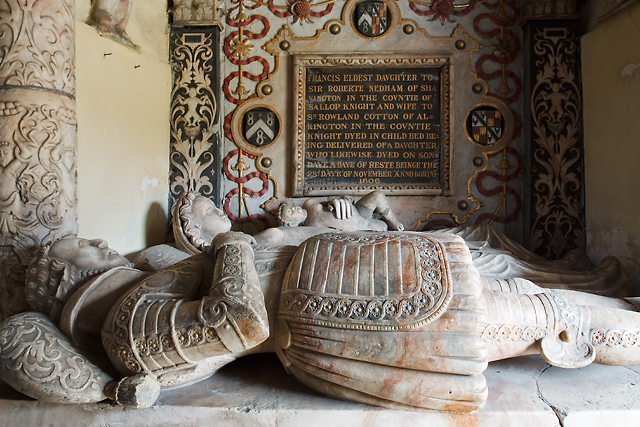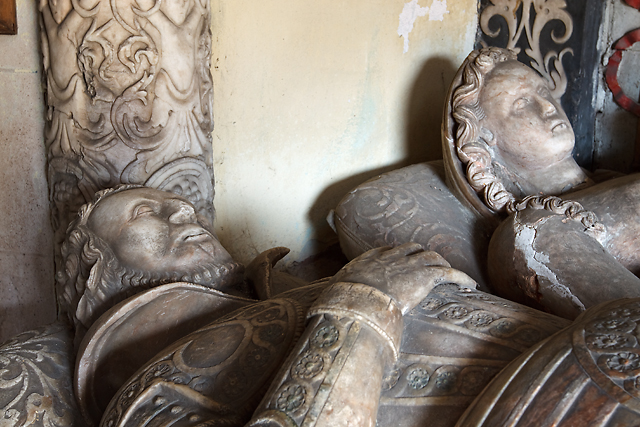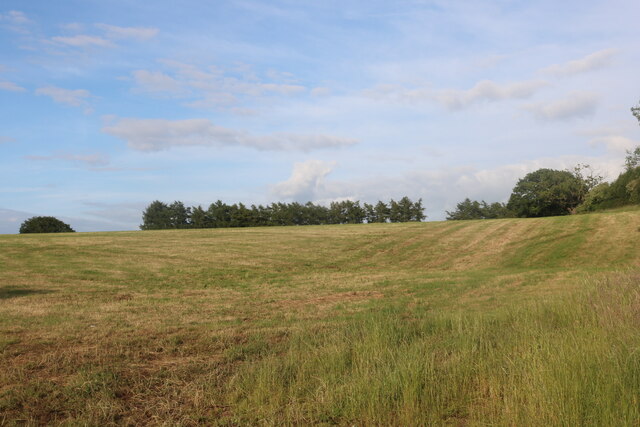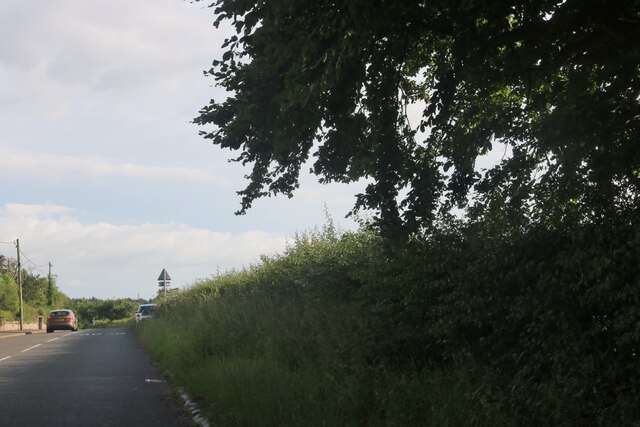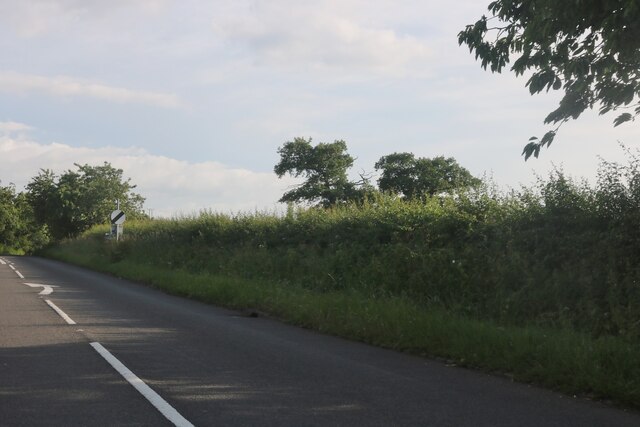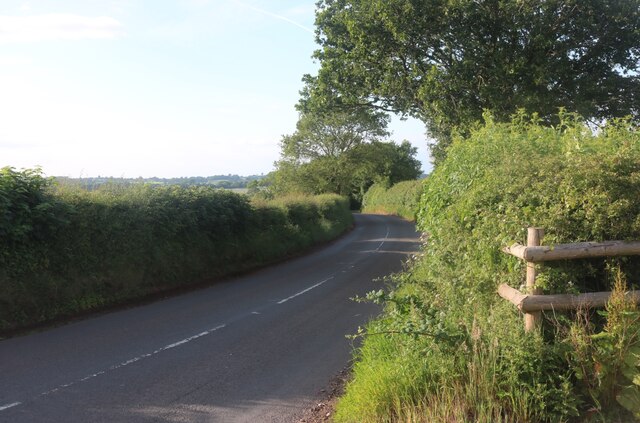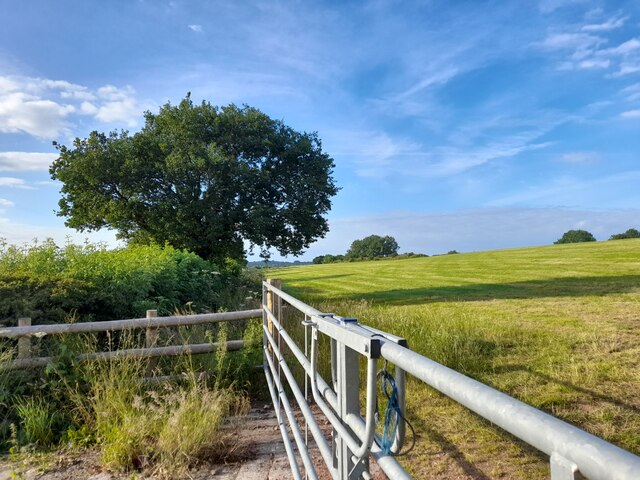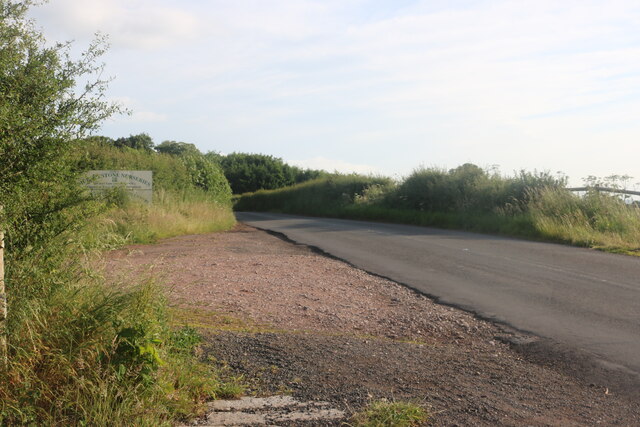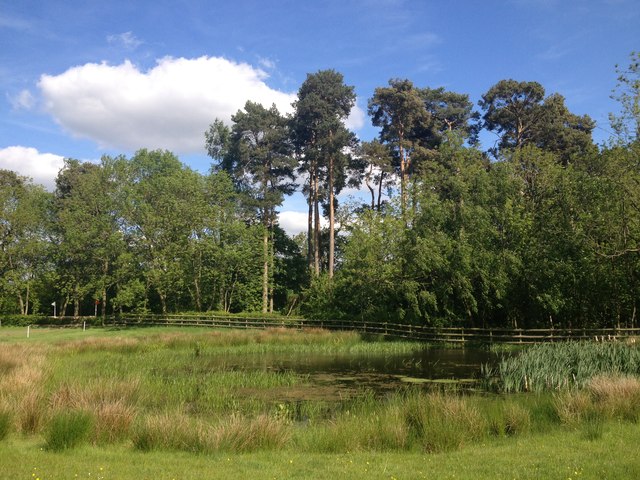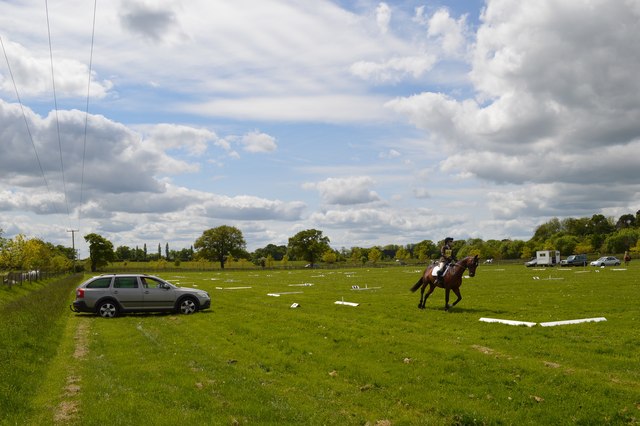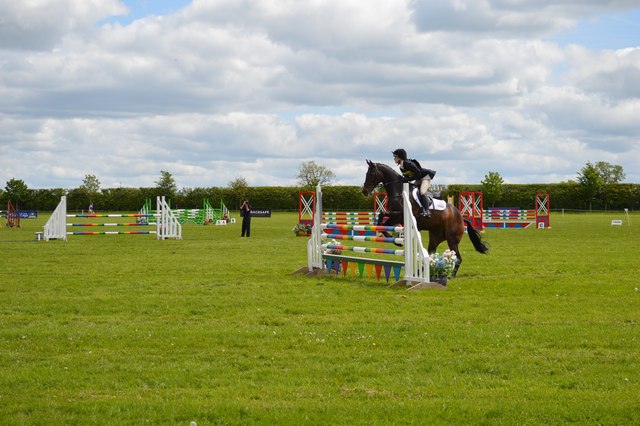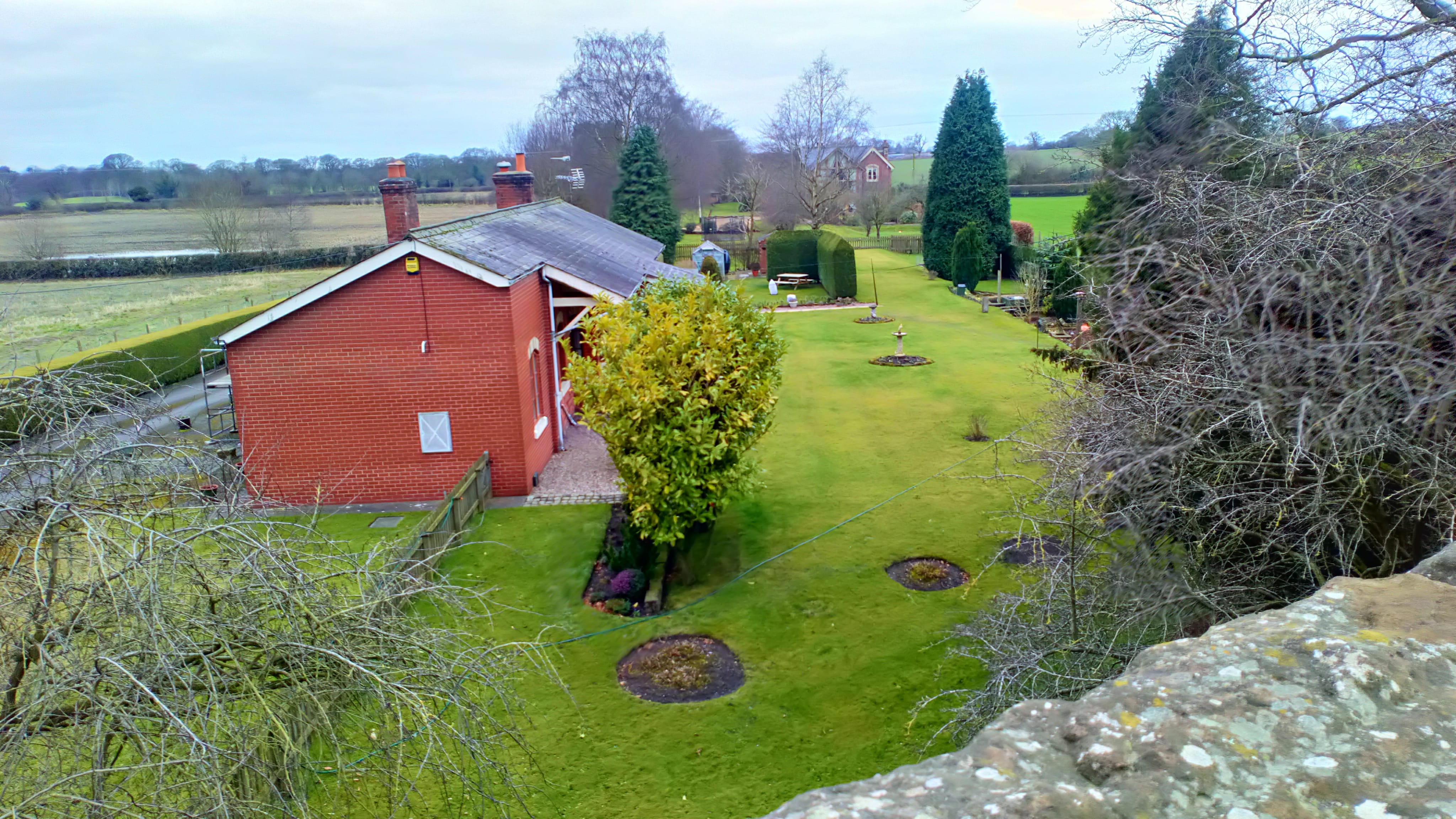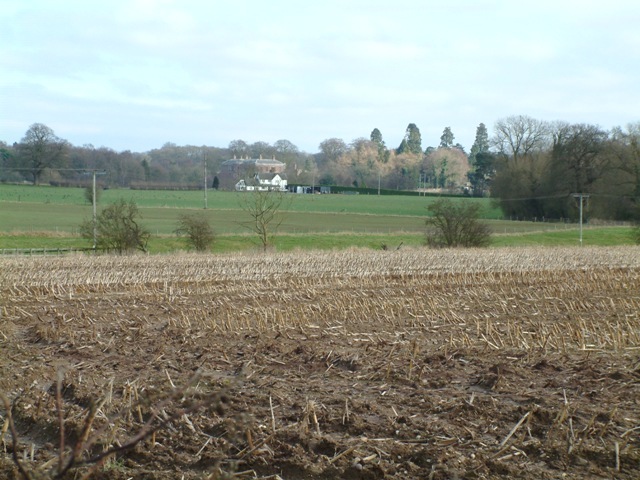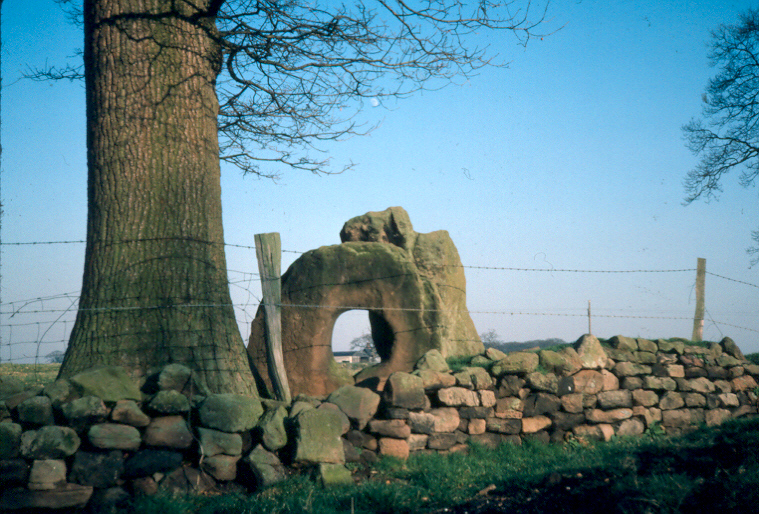Marlpit Plantation
Wood, Forest in Staffordshire Newcastle-under-Lyme
England
Marlpit Plantation
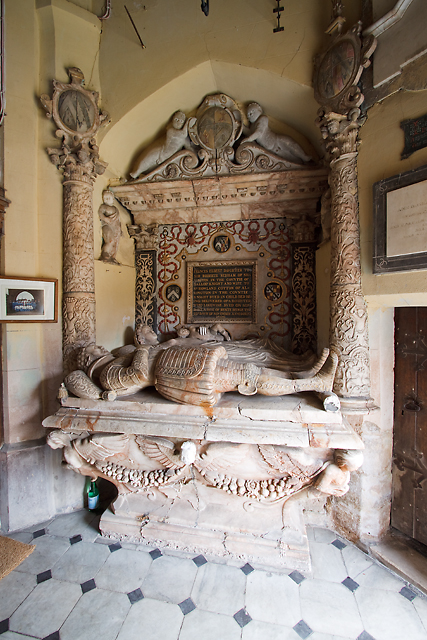
Marlpit Plantation is a picturesque woodland area located in Staffordshire, England. Covering an area of approximately 50 acres, it is a popular destination for nature enthusiasts and those seeking a tranquil escape from the hustle and bustle of everyday life.
The plantation is predominantly made up of mature oak and beech trees, which provide a dense canopy of foliage during the summer months. This creates a cool and shaded environment, perfect for leisurely walks and picnics on hot days. In the autumn, the vibrant colors of the leaves make for a breathtaking sight, attracting visitors from far and wide.
The woodland is home to a diverse range of wildlife, including various bird species, squirrels, and deer. Birdwatchers can spot species such as woodpeckers, nuthatches, and tawny owls, making it an ideal location for birdwatching enthusiasts. The plantation also boasts a small pond, which attracts frogs, newts, and other amphibians, adding to the ecological richness of the area.
For those interested in history, Marlpit Plantation has a fascinating past. It was once part of the Staffordshire forest, which stretched for miles and was extensively used for timber production. Today, remnants of this historical use can still be seen in the form of old logging tracks and the occasional decaying timber structure.
Marlpit Plantation is easily accessible, with well-maintained footpaths winding through the woodland. It is a popular spot for family outings, dog walkers, and nature photographers. The peaceful ambiance and natural beauty of this woodland make it a cherished location for locals and visitors alike.
If you have any feedback on the listing, please let us know in the comments section below.
Marlpit Plantation Images
Images are sourced within 2km of 52.93903/-2.4346921 or Grid Reference SJ7038. Thanks to Geograph Open Source API. All images are credited.

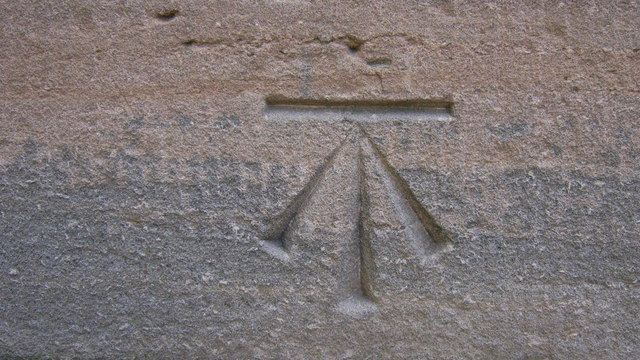
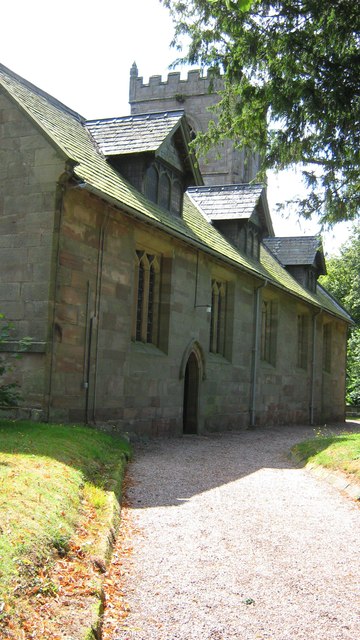
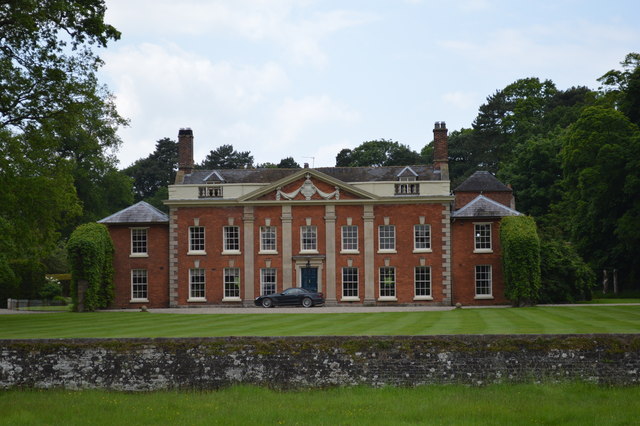
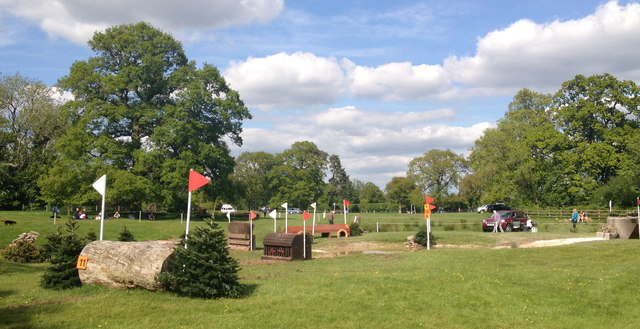
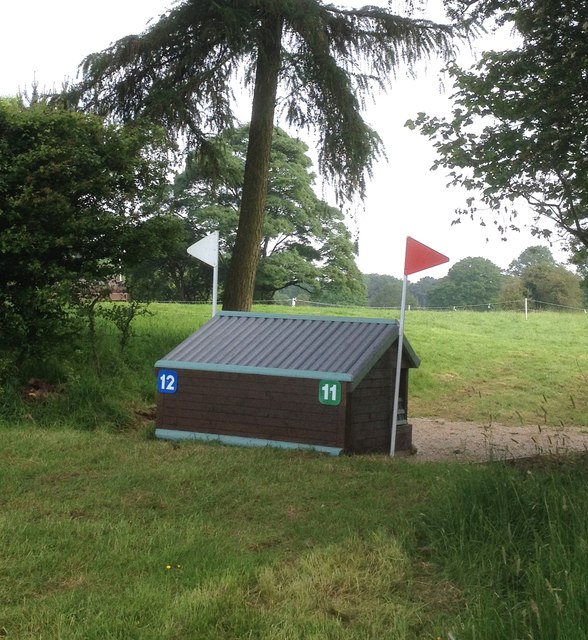
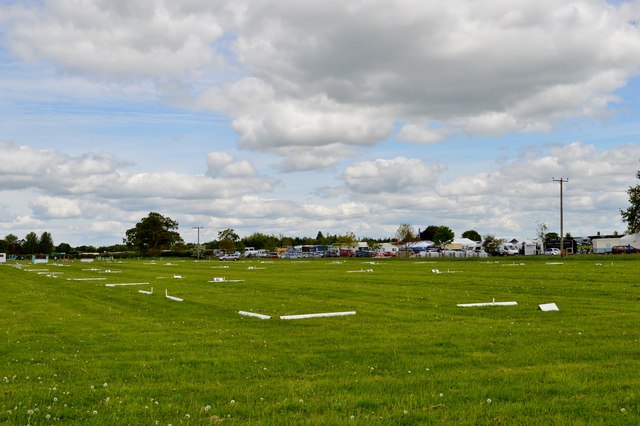
Marlpit Plantation is located at Grid Ref: SJ7038 (Lat: 52.93903, Lng: -2.4346921)
Administrative County: Staffordshire
District: Newcastle-under-Lyme
Police Authority: Staffordshire
What 3 Words
///factoring.famed.purchaser. Near Market Drayton, Shropshire
Nearby Locations
Related Wikis
Norton in Hales
Norton in Hales is a village and parish in Shropshire, England. It lies on the A53 between the town of Market Drayton and Woore, Shropshire's most northeasterly...
Norton-in-Hales railway station
Norton-in-Hales railway station was a station on the North Staffordshire Railway between Stoke-on-Trent and Market Drayton. The station was opened in 1870...
Oakley Hall, Staffordshire
Oakley Hall is an early 18th century 14,929 sf mansion house at Mucklestone, Staffordshire near to the Shropshire town of Market Drayton. It is a Grade...
Mucklestone
Mucklestone is a village and former civil parish, now in the parish of Loggerheads, in the Newcastle-under-Lyme district, in the county of Staffordshire...
Oakley, Staffordshire
Oakley is a hamlet in Staffordshire, England. It is within Mucklestone ward of Loggerheads Parish. Oakley Hall, a former seat of the Chetwode family, is...
Bearstone
Bearstone is a hamlet in Shropshire, England. For population details as taken at the 2011 census see Woore (Shropshire).
Betton, Shropshire
Betton is a hamlet in the civil parish of Norton in Hales, in the Shropshire district, in the county of Shropshire, England.
Knighton, Newcastle-under-Lyme
Knighton is a hamlet in north west Staffordshire, England, located in the Borough of Newcastle-under-Lyme. It is surrounded to the west, north and east...
Nearby Amenities
Located within 500m of 52.93903,-2.4346921Have you been to Marlpit Plantation?
Leave your review of Marlpit Plantation below (or comments, questions and feedback).
